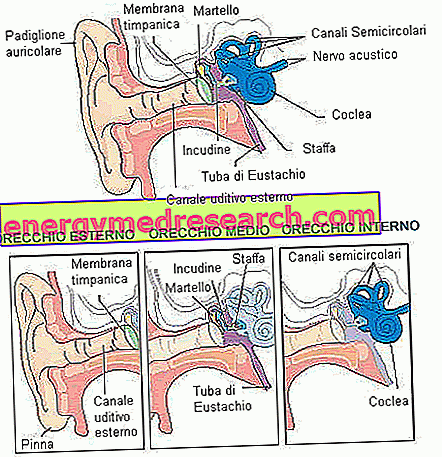Normal values
At birth, the average length of a newborn is 50.5 centimeters, if male, and 49.5 centimeters if female; these values differ slightly depending on the bibliographic sources consulted; other authors, for example, suggest an average interval between 48 and 53 cm, without distinction of sex.
Thus, during the nine months of gestation, the initial length of the fertilized egg increases by 5, 000 times.
To assess the state of nutrition and the growth of the newborn, we take into consideration above all the birth weight, on average between 3.2 and 3.4 kg. Even the length of the small, however, plays a certain importance.
Length measurement

Child growth
After one month of life, the length of the newborn increases on average by about 5 centimeters.
On the first birthday, the child reaches a height of 70 - 80 cm (the length at birth increases by approximately 50%); this anthropometric parameter will then increase by about 10 centimeters during the following year. From this moment on, up to the tenth year of age, the rate of statural growth slows down, so that the height only increases by 5-8 centimeters every 12 months. As anticipated, from the second year of age onwards, the length but the stature is no longer measured using the stadiometer (see article dedicated to the correct technique for measuring height).

The hormonal upheaval that accompanies puberty is associated with a lively revival of the statural growth rate, which is integrated - according to a harmonious alternation - with the weight growth.
The height reached by the child in adulthood is largely influenced by the nutritional status and the genetic inheritance inherited from the parents (see calculation form for the prediction of adult height).
Increase in weight and length of the newborn: percentiles (click on image to enlarge)





